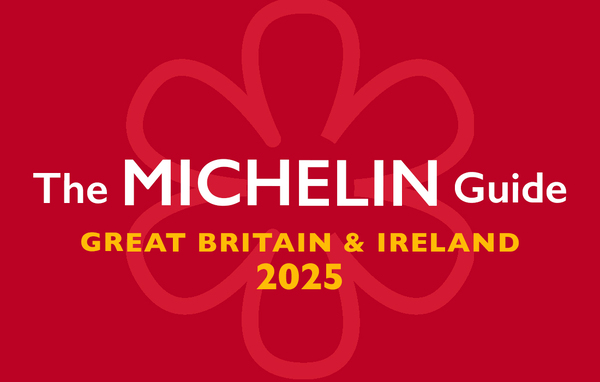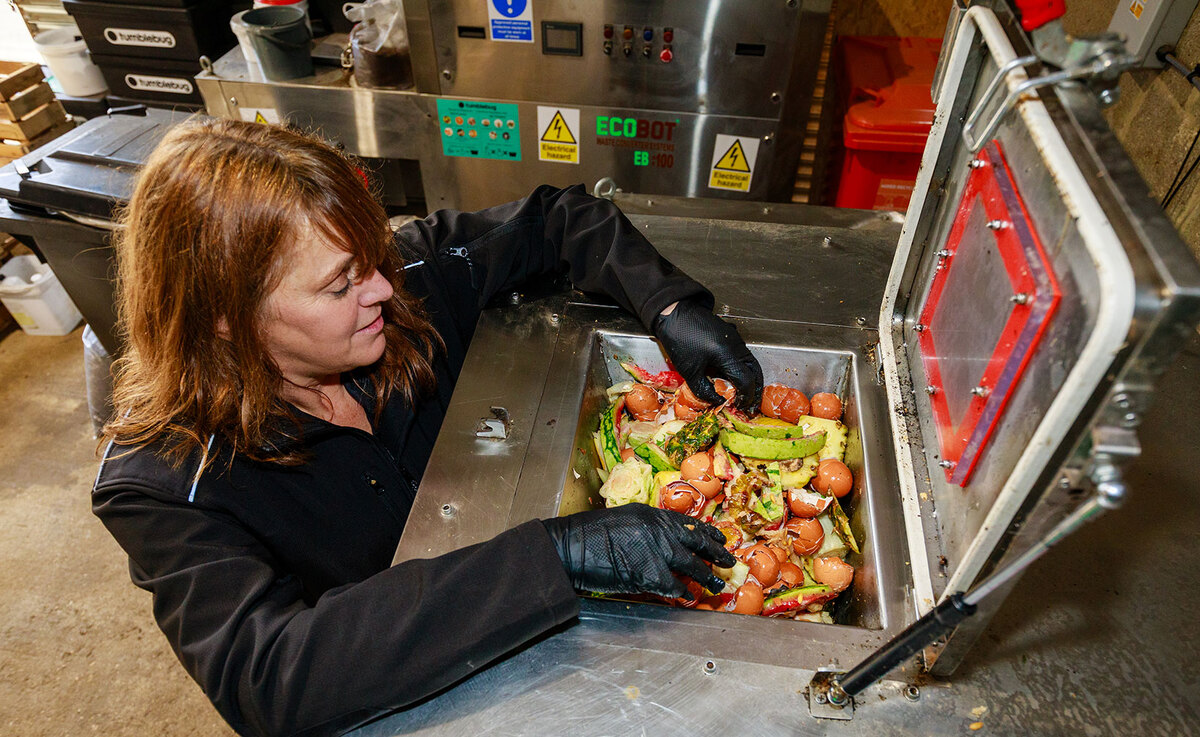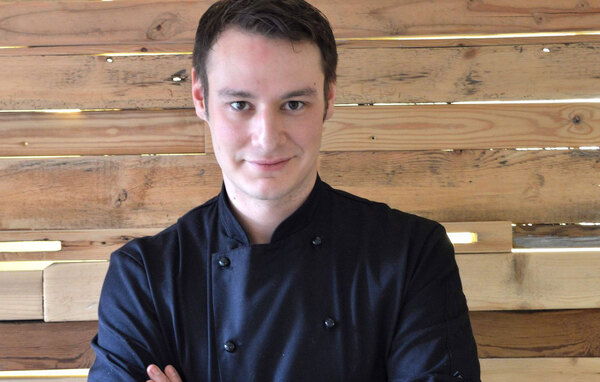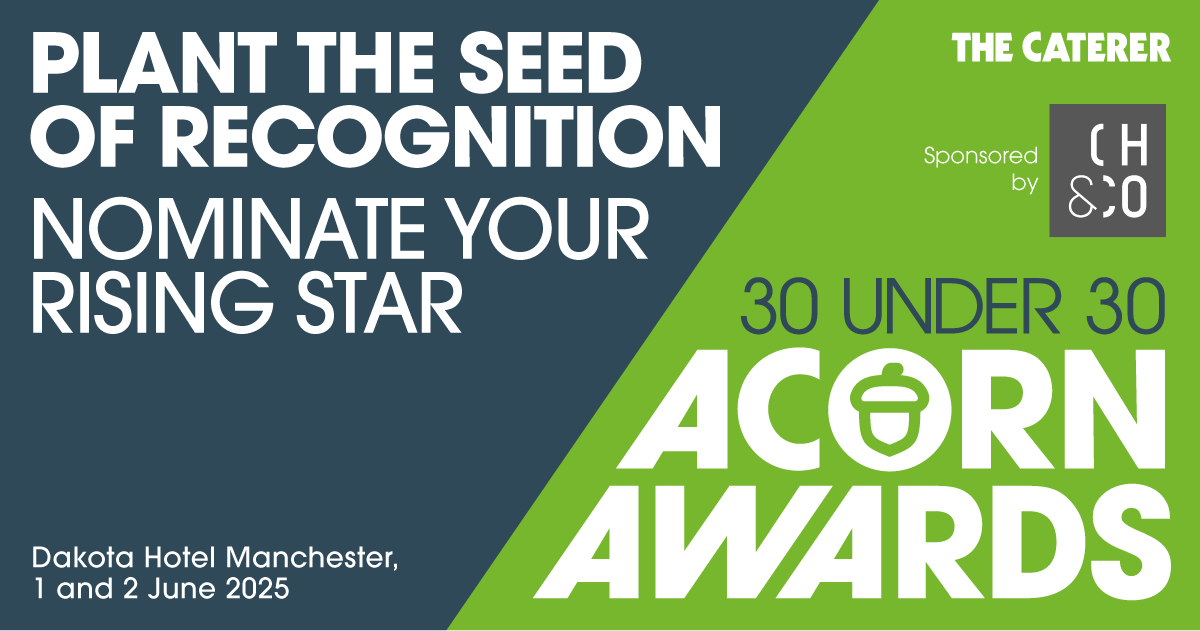How to… Create the perfect dining atmosphere using light
Ellie Coombs, director at architectural lighting specialist Nulty, explains why lighting is key and how it can have a positive impact and add value
The success of a restaurant is based on far more than the food alone. The whole experience, from food to acoustics to service and ambience, determines whether people return time and again, or not.
It is believed that lighting is one of the main influencers of mood, and ultimately behaviour, and no more so than within hospitality. Lighting has the power to emotionally connect us with a space; get it wrong and it is possible to turn a beautifully designed and intimate interior into a space that feels cold and unwelcoming; conversely, good lighting can turn a relatively unassuming space into one that exudes warmth and intimacy.
All restaurants strive to create their own character and ambience, and this uniqueness can be supported and enhanced by the right lighting design. Whether you want to create a feeling of intimacy or make the environment fresh and bright, the same basic rules and approach to lighting design apply.
Layers of light
The initial consideration is how people will use the space and how they should feel within it; once that is determined, build up layers of light to create an overall effect that stimulates the required emotions. Ambient lighting comes first; this provides the general base level of light by using diffused light sources that ‘wash' walls and ceilings with a gentle base glow.
Next, add accent lighting to highlight focal points, such as tables and artwork to add depth and create shadow. This is usually done through a direct light source that has a focused beam to ‘spotlight' the intended area and create intimacy around the beam.
The next layer is feature lighting, from large chandeliers to individual table lamps. Feature lighting is about décor, fittings and well-designed, stylish products. However, careful consideration should always be given to their positioning so views aren't blocked and the table or counter is still functional.
Task lighting
Creating the right ambience is an essential element of the restaurantâs character but function mustnât be sacrificed as a result. Diners should be able to read menus and see the food in front of them, as well as the person they are dining with. They also need to be able to navigate around the space as much as staff; similarly, the staff need to be able to see what theyâre doing. The right balance between âtaskâ and aesthetic doesnât have to impact the ambience and can be achieved by keeping lighting tightly controlled to the areas where it is most needed and allowing the light levels to be lowered in between.
Day to night
To light a day-to-night restaurant successfully, materials, walls and the wider design of the interior need to respond to atmosphere. Consideration needs to be given to how the ambience and lighting needs to change with the different times of day.
At breakfast, a bright ambience may be more appropriate, with diners spending shorter periods of time in the restaurant. At lunch, people may want a more relaxing environment, but still require higher light levels over the tables to balance natural light that would otherwise make an interior look gloomy. In the evening, low levels of warmer light will create a more intimate atmosphere. Lighting controls are essential to achieving this and as a minimum you should be able to switch and dim each layer of light individually.
Flexibility
It is important to determine the level of flexibility required within the restaurant. A pendant over each table may look great on plan but if tables need to be moved to accommodate larger parties, then the lighting design wonât work. Decide which areas need to be flexible from the start and design with this in mind.
Track and spot or jack point mounted fittings can be a good solution in these areas as they are adaptable and easily moved if the restaurant design changes.
Light sources
Choose your light sources carefully. Colour temperature indicates how warm or cold a light source will be; the lower the number the warmer the light. A level similar to that of natural daylight is around 6,500K. To create a more intimate atmosphere, choose a light source with a colour temperature below this.
Candlelight is the most intimate lighting that can be achieved and has a colour temperature of around 1,500K. Old incandescent bulbs would have been 2,250-2,700K and tungsten halogen around 3,000K.
Colour rendering (CRI) is the ability of a light source to reveal the true colour of the item it is lighting. Measured in CRI, the closer the number is to 100 the better the colour rendering. Use 80 as a minimum but a CRI closer to 90 will ensure that food and drink is displayed to maximum impact.
Pictured: Fischer's, Marylebone, London W1
Â

















